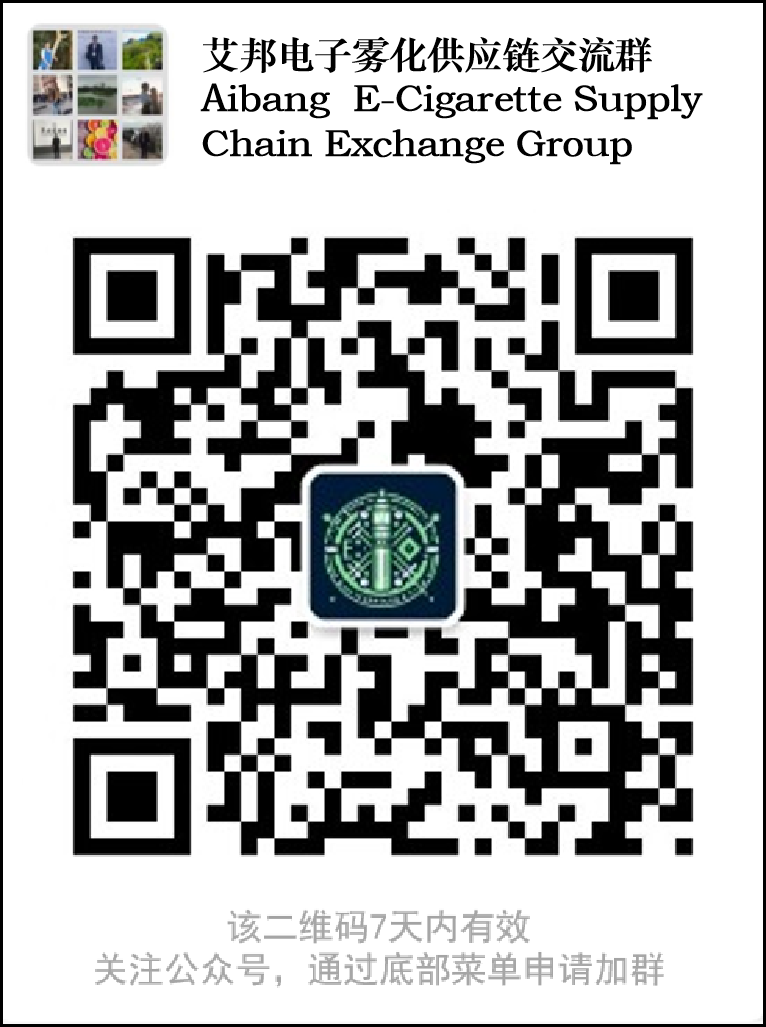A total of 93 million household electronic items were purchased in 2024 – almost three times the volume sold in 2006, according to WEEE Ireland as it launched its 2024 Annual Environmental Report this week.
The massive surge includes a reported 31 million vape and e-cigarette devices sold last year alone, and 2.5 million solar PV panels installed in the last five years.
The country’s biggest e-waste recycling scheme is now calling for a national leap forward in “e-waste intelligence” as consumption reaches record levels, putting pressure on Ireland’s ability to meet EU recycling targets.
“Each one of those 93 million devices contains valuable materials like aluminium, copper, lithium, cobalt,” said Leo Donovan, CEO of WEEE Ireland.
“We’re using these materials far faster than they can regenerate. Global demand is set to triple by 2050 – a trajectory that cannot be sustained.
“With over 80pc of the EU’s rare earths coming from China, Ireland’s dependence on imports leaves us dangerously exposed. We must reduce that risk by rethinking consumption, embracing circularity, and recovering more materials here at home.”
The number of consumer electronics placed on the Irish market has tripled from 31 million in 2006 to 93 million in 2024.
The most rapid growth has come since 2019 when 53 million units were sold. Vaping devices alone accounted for a third of all units sold last year.
Even excluding vapes, consumption is still climbing – a challenge given that EU recycling targets are based on sales volumes, regardless of product life cycle or whether they can be reused.
WEEE Ireland says this approach is fundamentally flawed.
“We are penalised for selling long-life items like solar PV panels,” said Donovan.
“Over 2.5 million panels have entered the market in the last five years, but with warranties of 15 to 20 years, they won’t reach recycling centres for at least another decade. Yet they still count toward our annual recycling target. That’s not circular thinking.”
Further distorting the picture is the untracked volume of online purchases from many overseas sellers, a gap recently acknowledged by the European Commission.
New WEEE Ireland research also shows the proportion of households hoarding unused devices rose from 22pc in 2023 to 29pc in 2025, highlighting a massive untapped opportunity for reuse and repair.
“We need to move beyond recycling alone. Extending the life of products through repair and reuse must become the norm,” Donovan urged.
Despite these challenges, WEEE Ireland is taking the lead, working with manufacturers and retailers to scale up sustainable solutions.
In 2024 alone, it collected 38,215 tonnes of e-waste, equating to 9.5kg per capita.

This included large household appliances which account for a significant share of Ireland’s material recovery due to their size and resource content – almost 330,000 large household appliances, over 119,000 fridge freezers and 258,000 TVs and monitors.
More than 1.1 million vape devices were also recovered, despite being notoriously difficult to capture due to disposal habits, with many ending up in waste bins. WEEE Ireland says it continues to work with retailers and regulators to design more effective solutions for this new category of waste.
16.2 million small appliances – such as kettles, vacuums , tools, and toys – along with 1.9 million lighting items and 72 million AA batteries worth of portable batteries were also collected.
With a 96pc recovery rate, WEEE Ireland continues to exceed EU material recovery targets and reinforce Ireland’s standing as a circular economy leaders.
This month, the Government allocated €27 million from the Circular Economy Fund to support further progress, and WEEE Ireland is pushing for an ambitious roadmap forward.
“Ireland has an engaged public and a high-performing recycling network,” said Donovan. “With increased investment in recycling centres, including longer opening hours, and strong leadership, we can set the benchmark for e-waste and circular economy solutions in Europe.”
source:https://www.weeeireland.ie/2025/06/19/weee-ireland-annual-environmental-report-2024/
电子雾化与HNB产品都是新型电子产品,结构虽小,却融合应用多种材料、表面处理、芯片电子等技术工艺,而且雾化技术一直在不断更迭,供应链在逐步完善,为了促进供应链企业间有一个良好的对接交流,艾邦搭建产业微信群交流平台,欢迎加入;Vape e-cigarettes (VAPE) and Heat-Not-Burn e-cigarettes (HNB) are both emerging electronic products. Despite their compact size, they integrate various materials, surface treatment technologies, chip electronics, and other advanced technical processes. Moreover, atomization technology is constantly evolving and the supply chain is being progressively perfected. To facilitate good communication and networking among supply chain enterprises, Aibang has established an industry WeChat group communication platform and warmly welcomes interested enterprises to join.

